How to Install Android Studio on a Windows Operating System
Android Studio is the official integrated development environment for Android applications, and this article will guide you through the steps needed to get it running on your Windows machine. Let's get started and get coding!

Android Studio is a powerful integrated development environment (IDE) specifically designed for developing Android applications. It is the official IDE for Android application development, and it provides a wide range of tools that can help you create, debug, and package Android apps.
If you are a Windows user and want to develop Android apps, the first step is to install Android Studio on your computer. This article describes the process of installing Android Studio on a Windows operating system.
1. Download Android Studio
The first step is to download the latest version of Android Studio. This version can be downloaded from the official Android website (https://developer.android.com/studio/). Once you select the download link, the download should start automatically.
2. Install Java Development Kit (JDK)
Before you can install Android Studio, you need to install the Java Development Kit (JDK). This is a software development toolkit for Java programming language. You can download JDK from the Oracle website (https://www.oracle.com/java/technologies/javase-downloads.html).
3. Install Android Studio
Once you have downloaded the installer package and JDK, you can proceed to install Android Studio. To install Android Studio, you need to double-click on the downloaded executable package. The installer will then guide you through the installation process.
4. Select Components to Install
The next step is to select which components of Android Studio you want to install. This includes the Android SDK, Android Virtual Device (AVD) Manager, and the Android Emulator. You can select all of the components or just some of them.
5. Configure Android Studio
Once you have selected the components to install, you can proceed to configure Android Studio. This includes selecting the IDE theme, as well as setting the path for the Android SDK.
6. Create an AVD
An Android Virtual Device (AVD) is a device configuration that runs on the Android Emulator. It allows you to test your apps on different types of devices, such as tablets, phones, and TV. You can create an AVD by opening the AVD Manager and selecting the device you want to emulate.
7. Launch Android Studio
Once you have configured Android Studio and created an AVD, you can now launch Android Studio. You can do this by double-clicking on the Android Studio icon on your desktop or by launching it from the start menu.
8. Install the Necessary Components
When you launch Android Studio, you may be prompted to install some necessary components. This includes the Android SDK and platform tools. You can do this by clicking on the "Install Packages" button in the SDK Manager.
9. Create a New Project
Once you have installed all the necessary components, you can now create a new project. To do this, you need to open the "Create New Project" window from the File menu and select the type of project you want to create.
10. Run Your App
Once you have created your project, you can now test it by running it on the emulator. To do this, you need to open the Run menu from the top menu bar and select "Run on Emulator". This will launch the emulator and your app will be visible on the device.
Installing Android Studio on Windows is a simple and straightforward process. However, it is important to remember that you need to install the Java Development Kit (JDK) and configure Android Studio before you can start developing Android apps. Once you have done this, you can create new projects, run your apps on the emulator, and test them on different types of devices.
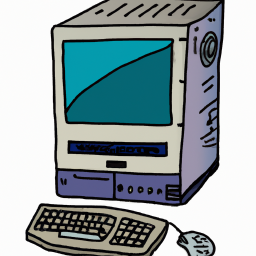

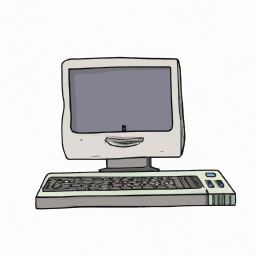
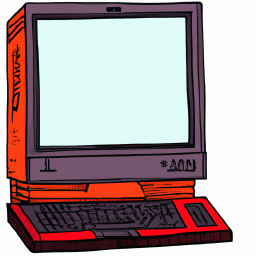

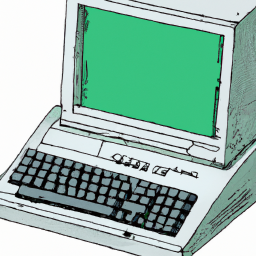
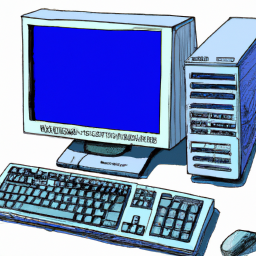
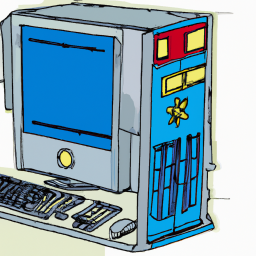
Terms of Service Privacy policy Email hints Contact us
Made with favorite in Cyprus